A Neighbourhood Transforms
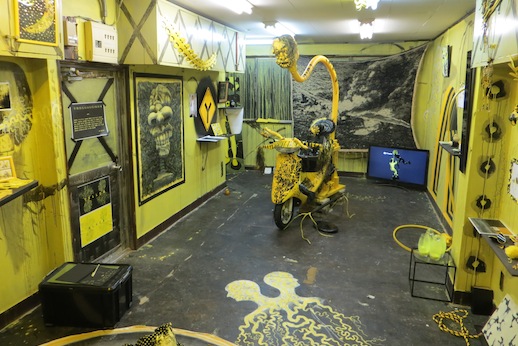
Last year’s Trans Arts Tokyo was an all-out assault on the senses, with the project taking over the entire 17 floors of the soon-to-be-demolished Tokyo Denki University building. With that space no longer available, the organisers of this year’s event were forced to do something different; instead, choosing multiple locations spread out over the Kanda area. The result is a sprawling mishmash of artistic expression, with a fantastic array of exhibitions and installations that showcase the best of modern-day creativity inside one of Tokyo’s oldest neighbourhoods.
Obviously the biggest change is that everything is no longer housed under one roof. Armed with a Trans Arts Passport, visitors walk around the neighbourhood to find the galleries – something which seems to be emphasised through the Made in Kanda portion of the event at 3331 Chiyoda. While multiple locations may be off-putting to some, organisers have cleverly made the walking tour actually part of the experience. Inside the gallery you’ll find a collection of photographs that showcase local life in the surrounding streets. As you walk from gallery to gallery throughout the neighbourhood, you are hit with a sense of déjà vu; passing ramen shops, coin laundries and temples that have all been photographed and displayed within 3331 Chiyoda.
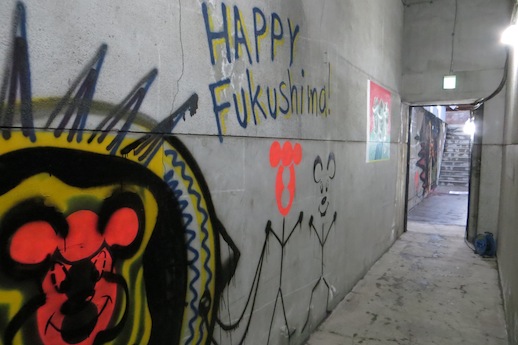
The University building that housed last year’s event may be gone, but its basement still remains and is certainly one of the most novel entrances to an exhibition visitors will come across. It feels like you are entering a construction site. En-route to the main event space you’ll pass a number of works by graffiti artist Peep Show, who creates social commentary on Fukushima and daily life in Japan. In the corner of the room Sato Naoki stands upon a set of step ladders continuing his piece, Soko de Haite Iru. He started painting the work on the first day of the event and will finish it on the last – evidence of Trans Arts’ aim to be a living, breathing artistic organism. A video installation by Ichikawa Hiroshi also gives life to the concrete room, yet its haunting soundtrack also seems to emphasise the barrenness of the surroundings.
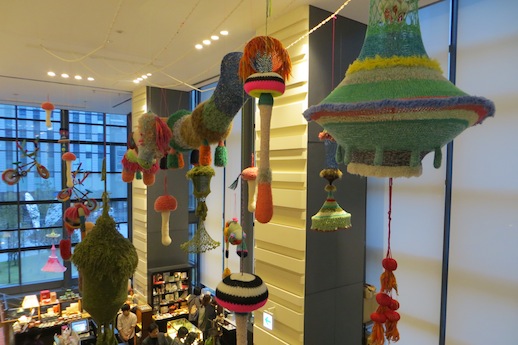
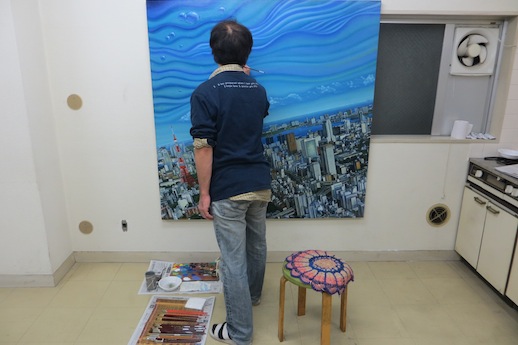
One valuable thing about this year’s format is that it brings art into the local neighbourhood. Inside the common space of the Waterras building people are quietly reading, studying, drinking coffee. Above them hang weird and wonderful woollen objects made by 203gow. As such, this year’s event showcases some of the best spots in Kanda as well as art. It’s a lovely concept, introducing art-goers to places they may never usually go in Tokyo or have even heard of.
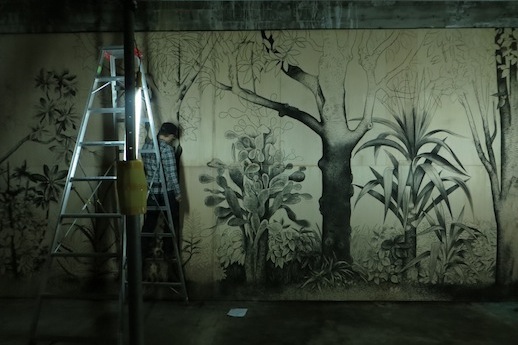
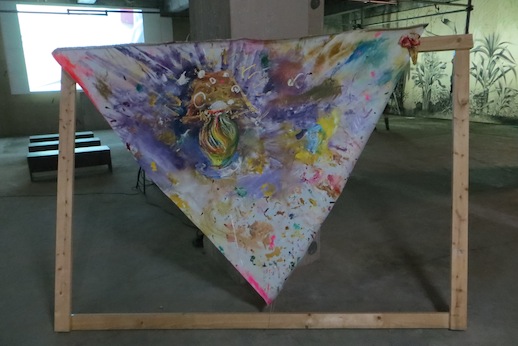
The best parts of the event, however, are those that bring back memories of the unpredictability and visual energy of last year’s event. Just around the corner from the basement building are a row of derelict houses and shops that have been entirely taken over by Trans Arts. These projects are especially close to essence of what makes this festival so exciting: it allows visitors to walk into a space and not know what lies around the next corner. It almost feels like you shouldn’t be there; that you are trespassing and have stumbled across a number of abandoned buildings that have been taken over by artists. Some buildings dedicate a floor to a different artist while others are entire building takeovers by certain groups and crews. One notable takeover is that by the students of design group Coconogacco, a surreal experience that features a woman pretending to be asleep in a dimly-lit room, as well as all sorts of other unique installations.
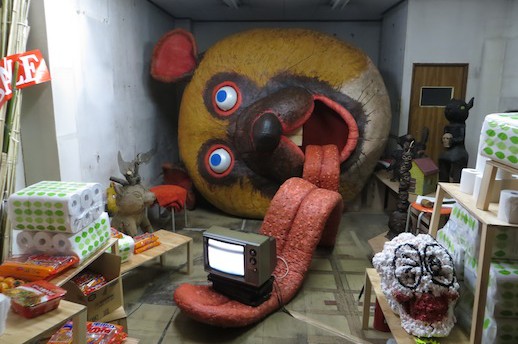
Last year’s event set an impressive standard. While this year’s multiple-location format doesn’t have the same close-range intensity, , the organisers have taken care to keep the free spirit of Trans Arts alive. The result is a more mature event, one that combines intense creativity with a deep-rooted respect for the neighbourhood that hosts it.


